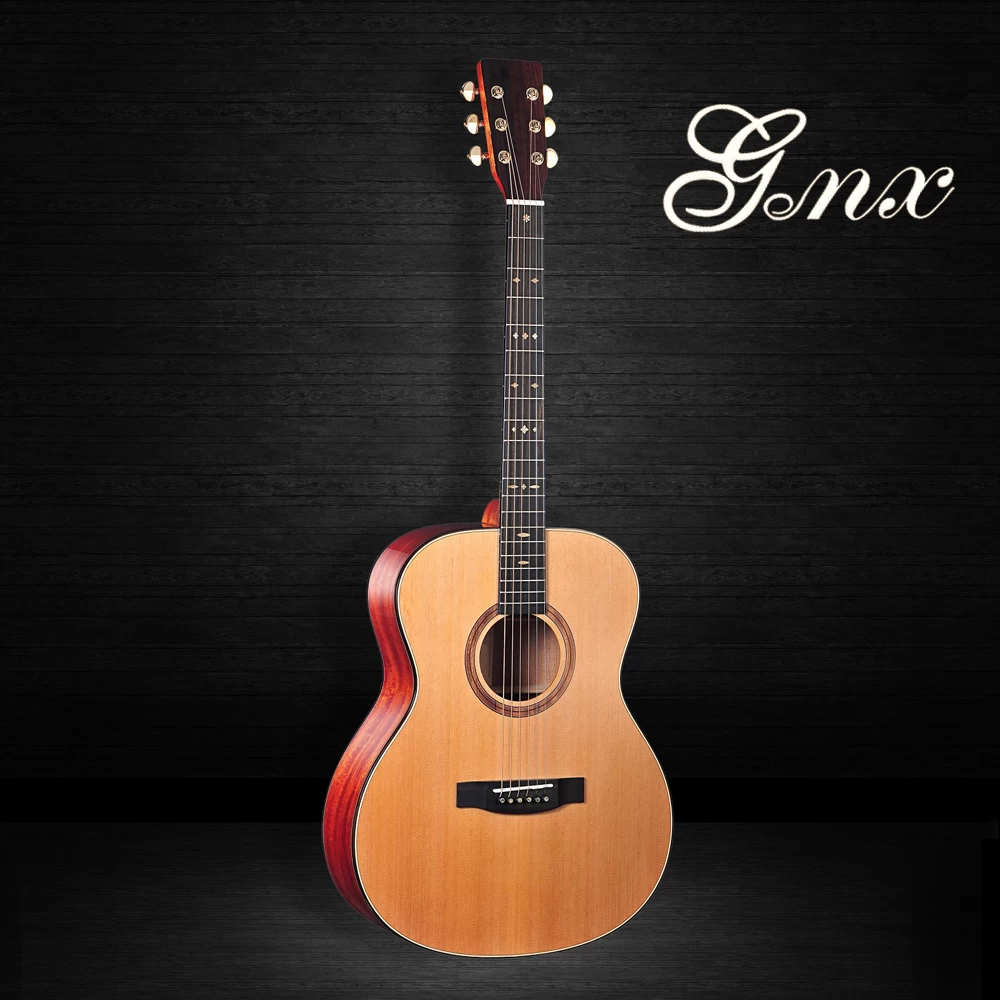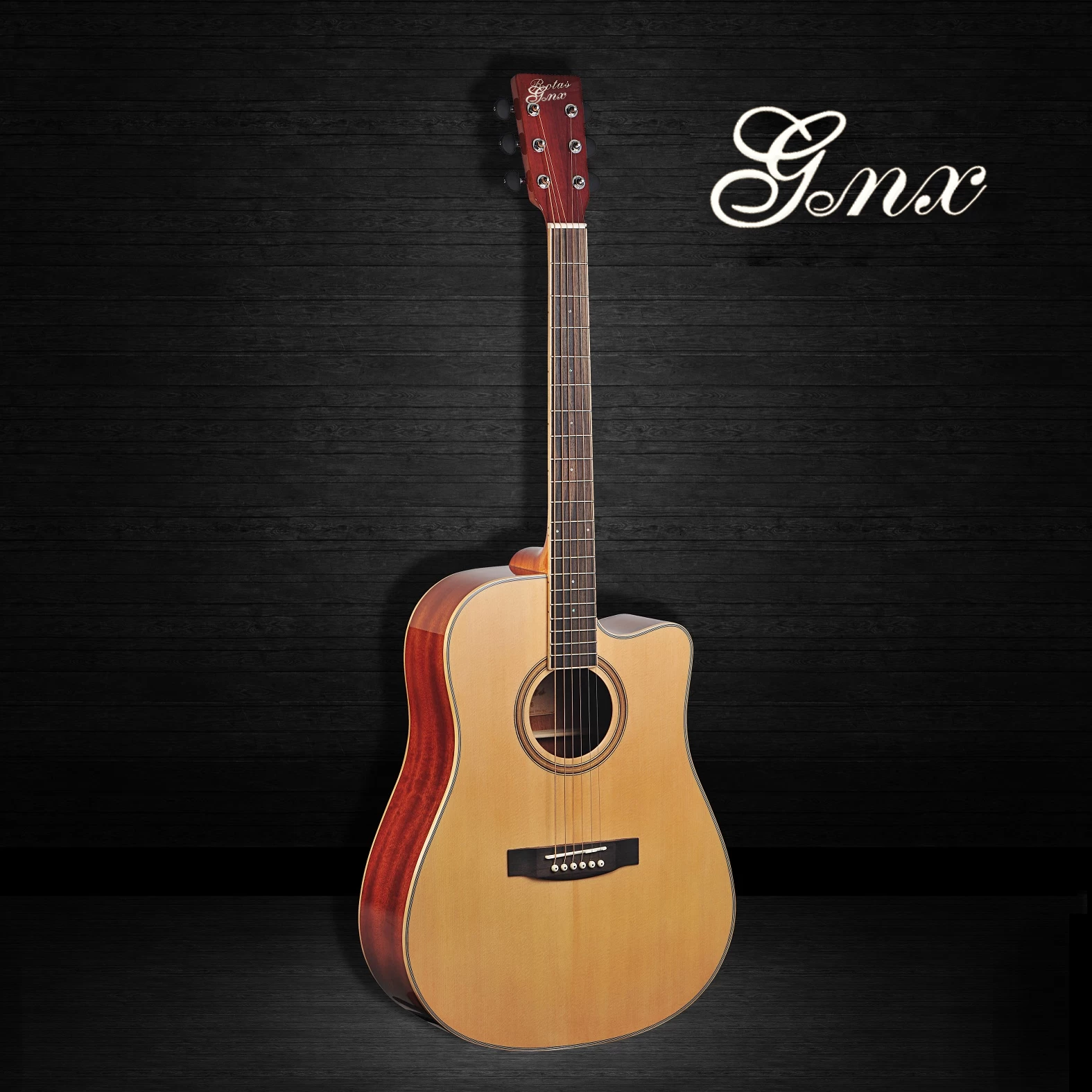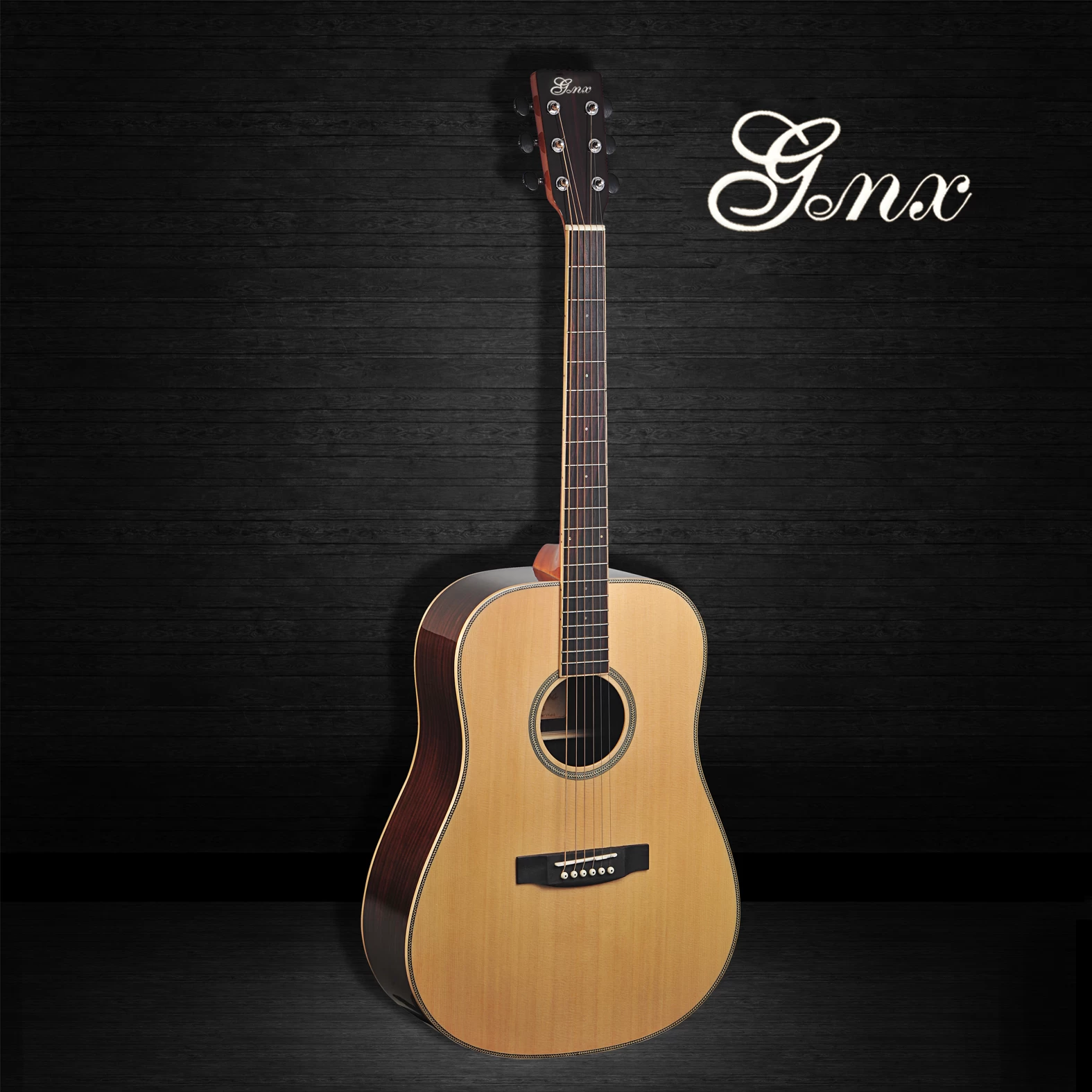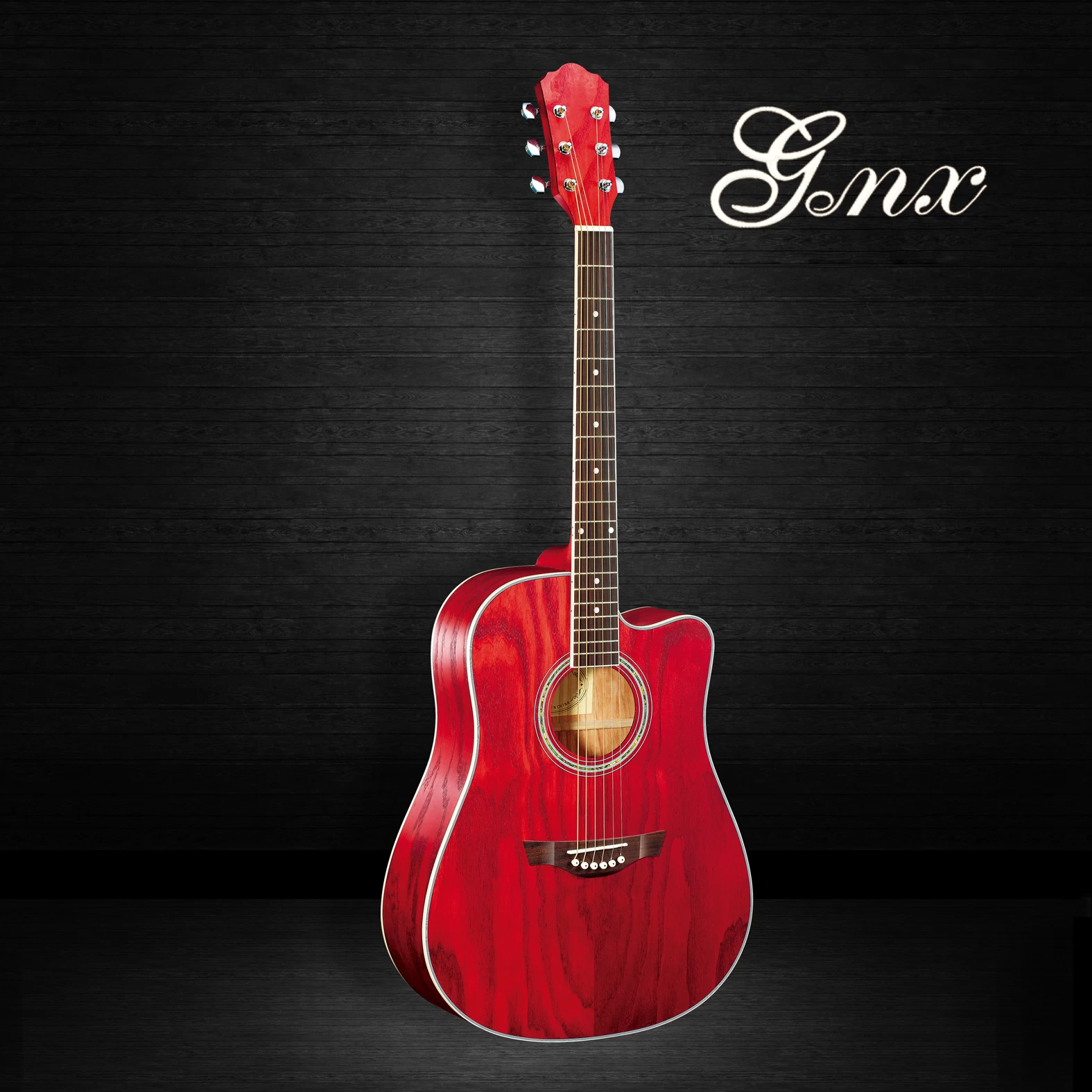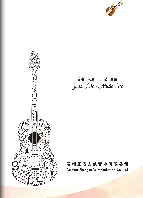How Guitars are Made? - Guitar Making Process
2018-06-14 17:22:07
Preparing Guitar
For thousands of years, the process of guitar-making was delegated to the special group of woodworkers called Luthiers that manufactured various types of stringed instruments with the neck. They carefully and by hand created guitars soundboards (main bodies), backs, neck, belly, bridge, frets and strings, making entire musical instrument after weeks and months of complicated labor (over 15 tools is needed for manual crafting one single acoustic guitar).
Luthiers remained in popularity until arrival of 18th century when Industrial Revolution enabled mass production of production line guitars. This enabled much broader adoption of guitars that suddenly became much more affordable. Hand-crafted guitars remained in use, but in much smaller quantities, with the art of Luthiers much less available to be found across the world.
While industry has taken over the guitar manufacturing business, materials have largely remained the same. Wood is still most popular base material of guitars, with body and neck being produced from Ash, Maple, Mahogany, Basswood, Alder, Agathis, Poplar, Spruce, Walnut, and many more exotic wood types. Components such as tuners, frets, the bridge and pickups are made out of plastic or metal (previously they were all made from less durable wood). Most popular metal for guitar manufacture is Aluminum, although increasing number of guitars is recently made from very light and durable carbon fiber (not only for body, but for various guitar elements).
Guitar Capo
Today, process of guitar making is significantly advanced the processes that were used in medieval times, with full adoption of designing of 2D or 3D guitar components from inside PC modeling programs, automated mass production, assembly and testing. This industrial approach to guitar manufacture enabled much quicker iteration of new designs, maintaining of consistent high quality across all produced guitars, increased efficiency and productivity.
The most popular (CAD) programs for designing guitar parts are Solidworks, and most popular manufacture platform (CAD) is MasterCAM. This unison of CAD and CAM solutions can be used not only for manufacture of basic guitar bodies, but also for creation of necks, fret boards, and many other parts. Even with so many parts created by machines, final assembly and testing still has to be performed by human hands and ears.





